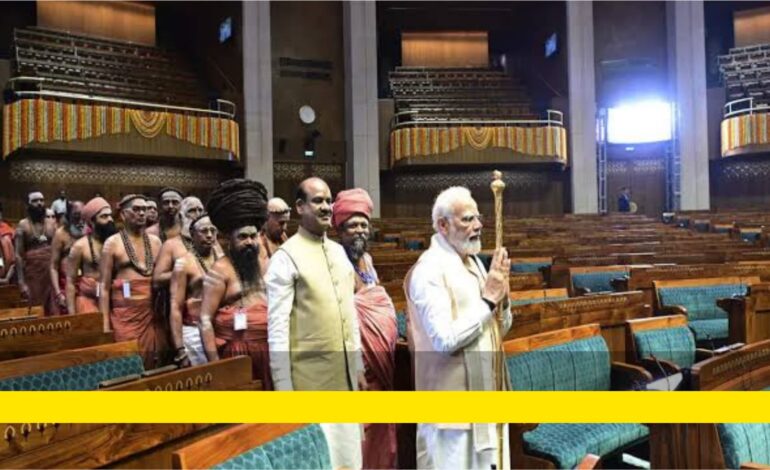
In an article written ten days after Independence, the Dravidian ideologue lays bare the convergence of caste, class, and religious interests in the Golden Sceptre and its dangerous political consequences.
[ Hours before Jawaharlal Nehru was to take over as the first Prime Minister of independent India, representatives of Ambalvana Desikar, the head of the Thiruvaduthurai Aaadheenam, a Saivite mutt in Mayiladuthurai district, presented a Sengol (Golden Sceptre) to him at a simple ceremony in New Delhi. A book titled Saiva Aaadheenangal (authored by Ooran Adigal, a follower of Saivite saint-poet Ramalinga Adigal) records this event like this: “Aadheenam Periya Karubaru Kumarasami Thambiran Swamigal, aadheena Odhuvar Manikka Odhuvar, and aadheena nadaswara vidhwan Thirvaduthurai T.N. Rajarathinam Pillai took the Sengol to Delhi and presented it to Nehru. As Rajarathinam Pillai played the nadaswaram and Odhuvramurthigal recited ‘Arasaalvar aanai namadhe’ [Let the king rule, this is our order], a Paasuram written by Thirugnanasambandar, Karubaru Kumarasami Thambiran handed the Sengol to Nehru greeting him with the words, “Thanga Sengol, Thangal Sengol, Thangal Sengol, Engal Aatchi Sinnam” (Golden Sceptre, It is your sceptre, it is your sceptre, a symbol of our rule).”
A similar Sengol was presented to Prime Minister Narendra Modi at a ceremony to mark the inauguration of the new Parliament Building in New Delhi recently. The heads of 19 aadheenams, transported from Tamil Nadu by a special flight by the government, were present at the ceremony. Of them, six mutt heads – Dharmapuram, Madurai, Thiruvaduthurai, Kundrakudi, Perur and Velakurichi _ were specifically asked to present the Sengol to the Prime Minister, who placed it near the Lok Sabha Speaker’s chair in the new Parliament Building.
Sengol was believed to be the symbol of king’s power in feudal Tamil Nadu. Its incongruity and irrelevance in a republic governed by a modern Constitution are too obvious to be missed. So was the presence of Vaishnavite and Saivite religious heads performing rituals to inaugurate an institution that is firmly founded on the principle of secularism.
What is the motive behind religious heads blessing a secular government? It has nothing to do with their love and affection for the government or patriotic sentiments. The motive is rooted in the mutts’ interest in protecting their wealth, accumulated from offerings made by unsuspecting believers and from their vast landholdings made fertile by the sweat and blood of lakhs of farmers and agricultural workers over hundreds of years. C.N. Annadurai, the rationalist protégé of E.V. Ramasamy Periyar, founder-leader of the Dravida Munnetra Kazhagam and its first Chief Minister, exposed the points of convergence of class, caste, religious and political interests in a largely feudal India and cautioned Nehru about the dangers of accepting it. He did this in an article he wrote in the issue of Dravida Nadu (August 24, 1947), a weekly founded and edited by him. The article written in a conversational style drips with the wit, satire and sarcasm typical of the great orator-writer and contains the seeds of the political narrative that has become part of the common sense of Tamils – a narrative that has sustained the Dravidian movement for many decades.
Annadurai’s article was reproduced in the May 26, 2023 issue of Viduthalai, a Tamil daily edited by K. Veeramani, president of the Dravidar Kazhagam. Here, we present an English translation of the article by R. Vijaya Sankar, Group Editor, The AIDEM ]
The head of the Tiruvaduthurai aadheenam has sent a Sengol to Pandit Nehru who has taken over as the Prime Minister of the new government.
It is five feet tall, it seems! Made fully of pure gold, it seems! And that looks beautiful too, it seems! Why was the Sengol given to Nehru? As a gift? As an offering? As a share? As a licence fee? Nothing is clear.
It was unexpected! Not only that! It was unnecessary too! Even it was necessary, we slowly realise that it is dangerous if we understand its deeper import.
We don’t know what the Pandit thought when he looked at the Sengol. Nor we do know whether the aadheenkakarthar had sent a missive along with the Senglol.
But we have something to tell Pandit Nehru. Some words to you who have received the Sengol.
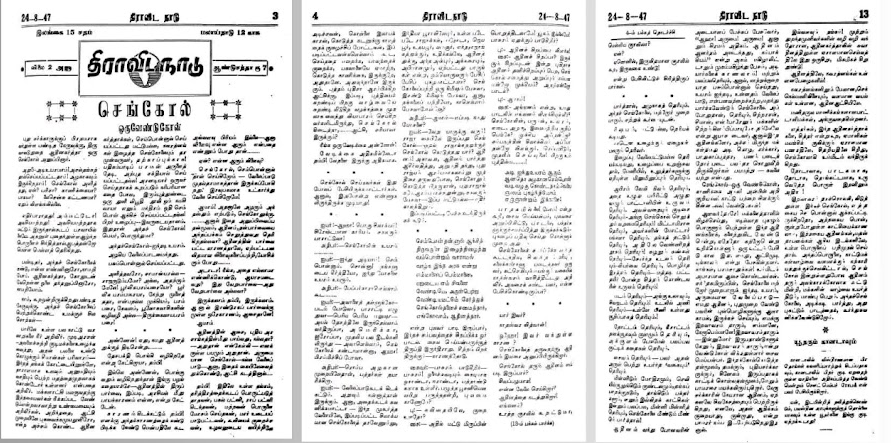
You know the history of many nations. And you know that a crowned king is surrounded by lords who had fattened themselves by exploiting the people’s labour and by those who use religion as capital and who enjoy the freedom and facility to to walk freely in his golden fort. You know the historical fact that these elements have to be removed for democracy to blossom. Apprehending that you might practise in your administration what you know, the aadheenakarthars would come forward to present you with a Sengol that is not only made of gold but also studded with navaratnas. For their survival and self-protection. The Sengol presented to you is not made of the divine graced obtained by singing the praises of Siva. Nor is it created by sanctifiying a piece of iron with a pinch of holy ash and transforming it into gold – a miracle similar to the one performed by a Siva devotee who transformed a fox into a horse. It is made of the labour of others. But he says it is his. Sengol! Is the name apt? Is it relevant?
That Sengol – five feet tall! A piece of exquisite workmanship! Made of pure gold!
The one who presented it to you is not a common man. Does he belong to the royalty? No. Something above that. Is he part of an ancient tradition? It is not important whether he belongs to an ancient tradition or is he of recent origin. What is important is, it is a disgusting tradition. It is not the tradition of the people who inhabit this earth. It is the tradition of the holy Kailash, the abode of Siva!
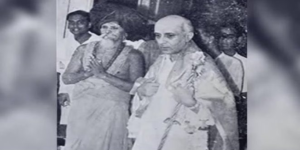
Thambi, are you asking me, “Anna, how come our aadheenakarthar is bursting with patriotism?”
‘No, Anna. Isn’t the aadheenakarthar overflowing with emotions an old story? I want to ask you why the aadheenakarthar has set his holy sights on politics suddenly?”
“Leave aside the reason Thambi. I am not that interested in finding out the reason. But only when I think of its consequences…”
“Why? What will be the consequence?
“We do make the Sengol with pure gold. And its workmanship is also going to be of a high standard. We make this, toiling day and night know!”
“Alas! Should you get worried thinking of all these things? Isn’t the perspective here different from the perspective there?
“It maybe so, Thambi! But isn’t desire the only reason for the different perspectives?”
“Yes.”
“My question is this – is it good or bad that the aadheenakarthar has set his sights on the new government? That is my fear too. It is an excellent Sengol. And it is designed intricately. But if the government is going to be run holding it…
“Thambi, is the gold in it not an offering made by one who laboured without minding his own destitution, who starved day and night, who had not cheated others of their money, who toiled until his heart broke … was it not the offering made by the ones who cut down wages, who deprived farmers of their livelihoods, who earned disproportionate profits, who cheated the loan-lender by drawing a naamam (a Vaishnavite mark) on his forehead, as a means of atonement to deceive even the god and to mask their sins. Is it not that? It must be that also. If the new government assuming office receives a Sengol from those who thrive in exploiting others’ brains, and eventually exploiting their lives, will its rule be proper?”
“You are real fun, Anna!”
“There is not much fun, Thambi. It is more of a pain. Those who made a lot sengols would not have spoken like this. But this thought would have crossed their minds.
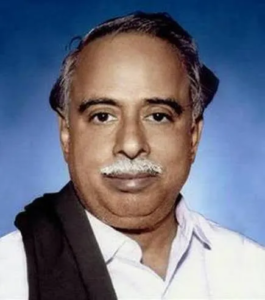
A conversation like this would have happened at the aadheenam:
Iyer [Brahmin]: Ahaa. This is praiseworthy! It is a pioneering effort.
Everyone will praise it.
Aaadheenakarthar: The height of the Sengol?
Iyer: It is five feet… made of gold, they say.. your glory will grow fivefold
Aaadheenakarthar: Even the newspapers will…
Iyer: Leave them aside… they will carry photos… they write stories praising you. But big, big people will come… even from foreign countries… places like America… Europe… They will be stunned to see the Sengol.
Aaadheenakarthar: The bhakts have really designed it beautifully…
Iyer: Leave alone the craftsmanship. That will be good too. But the visitors woudn’t notice even that. No big rajas of Baroda, Jaipur, Udaipur, Mysore even thought of it! Won’t everyone keep talking endlessly and praising the aadheenam for having shown this kind of affection, concern and respect? They may talk about the Sengol for two or three minutes. But won’t they talk about you throughout the day or not?
Aadheenakarthar: Yes. What do you think of my idea?
Iyer: Who else could have thought of this? What the raja has in his hand is a Sengol. And who gave it to him? The aadheenam. Every one will say that the new government started working only after the aadheenam blessed it, permitted it and gave his stamp of approval. Not only now. Even in the future.
The Sengol was made of pure gold infused with god’s grace
After praying to our great god Siva
to save this government from any trouble
and receiving his grace!
Who did this? The aadheenam!
A poet would have sung like this. But this song of praise would not have satisfied a Saivite devotee. He woud have got angry, with a reason.
Saivite: You are singing the Vaishnavite paasuram, with palm leaf manuscripts in your hand. You are doing this not for one or two years. You’ve been doing this for thousands of years. In all these years only your stomach is swollen like ripe pumpkin but there is no poesy in you!
The poet: Is there a problem in the poem?
Saivite: If that is the problem, I’d have tolerated it. It is no guesswork! Why do you sing the paasuram?
The poet: To explain the distinction of the aadheenam
Saivite: The distniction of the aadheenam? Is not the making of the Sengol and sending it to the government the additional distinction of the aadheenam today? Isn’t the poem meant for that?
The poet: Yes
Saivite: If that is so, how have you explained it in your poem? Where are the details of the Sengol, such as its weight, height, and beauty? Are they not important here? Only then the greatness of the event would become clear. Correct your poem first. Then your mind.
The poet:
It is five feet tall
Made of pure gold
Its workmanship is splendid
The world will praise this day
Forever.
“Not bad, go now,” saying so, the Saivite would have sent the poet off and presented his poem to the devotees. This is one way of recording the event’s glory.
Among the group that came to present the Sengol, you would have noticed a fair-skinned man with artistic eyes playing nadaswaram in a mesmorising manner. What would those who had seen him be talking?
Who is this?
Nadaswara vidhwan.
Oh! Why has he come here?
The aadheenakarthanr has sent him here to present the Sengol. How does the Sengol-presenting aadheenakarthar look like?
Like a trueblue Saivite.
What is his job?
Running the aadheenam.
How?
Shall I say it loudly or softly?
Why?
Because there are two things to be said in two different voices.
They would have spoken like this, laughing.
It looks beautiful to the eye.
Look at the Sengol again, more intently.
What is seen on it is not only the bull. Even the poor who toil like bulls would be visible on it.
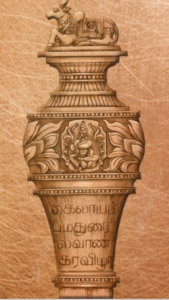
What is not seen is not only the way the Sengol is burnished. One can also see the shine that has been imparted to the toiler’s body in the process of sucking out his labour power. One can see on it the thousand-acre land and the image of the toiler who leads a life of tears after tilling and toiling. One can see the hut in which he leads a life of suffring. And the poverty that has been thrust on him by the Sengol. One can see the feudal lord. And his motor and bungalow. One can see the gold plate in the bungalow and the white dust on it. One can see the dizzy eyes and fatigued bodies of the farmers. One can see the sweat and the blood that has been shed. One can see the image of a man whose mind is confused like churned curd.
One can see the mutt – and the Saivite body there. One can see the jewels on that body – and the disease inside that.
One can see the garden and the pond in which the aadheenakarthar bathes. And hear the little little stories that the pond might narrate if it can speak.
One can see Saivam, and the ones who came up in life using its divine grace.
Sparkling rings, oscilating ear buttons, golden footwear, doting devotees – such sights and more would be visible off and on… if you look at the Sengol again and again.
One can see on the Sengol the aadheenam’s visitors saying formally, “Aaha! Excellent! Excellent! It is our good fortune that the aadheenam is happy.” This will brighten the faces of the devotee even if they don’t feel happy inside. Many such things will be seen. But one should look beyond the height, beauty and the craftmanship of the Sengol. Even little kings and nobles might feel jittery wondering whether the people’s anger would turn against them. But the Sengol shows that these aadheenams sit on their thrones as the scared people fall at their feet, governments provide them security and the rich offer them all they want. So, the Sengol is not an offering. It is an appeal. It is not a symbol of love. Nor is it a symbol of patriotism. It is an appeal.
This is the time when a group that claims to have learnt sundry things says that these aadheenams, which have accumulated unparalleled fame and wealth by making people prostrate before them, have to be dissolved. On the other hand, the aadheenalarthar says that we are very innocent and we have great love for you. If you have any doubt, look at the Sengol once again – five feet tall, great workmanship! Please ensure that our aadheenam is not subjected to abuse by the ones who seek novelty. Grant me the boon of immortality. My God. My great god Nehru! Give me immortality. Grant me immortality at least for the next 20 years. This is the appeal of the aadheenalarthas, the Saivite disciple of Siva. By presenting this Sengol, he wants to delude common people into believing that there is love between him and the new government. The aadheenakarthar, who is already a fan of Siva, has now become the fan of the Nehru government. So, this will make the common man believe that the aadheenam’s dominance will not diminish.
All of this is gold! It is a very very small scrap in the huge wealth controlled by the aadheenakarthar who is the legatee of sages who had given up worldly possessions completely.
In the aadheenam, navaratnas are kept in decorated containers.
The aadheenam has under its rule fertile fields yielding paddy that is superior to the navaratnas. The toilers, the real jewels of humanity, are being tortured there.
As cheats hail these aadheenakarthas as Siddha sages, a small portion of the money offered by the cheated living under illusions has come to you in the form of Sengol. The things that have taken the shape of ear buttons, ear rings and anklets are more in number.
You can see there a mountain of gold – the gold that is the stuff of the Sengol presented to you with an appeal to grant the boon of immortality. If the wealth of such aadheenams and religious institutions are confiscated, you can make a Sengol that is not only as ornate as the one presented to you but also capable of enriching and enhancing the lives of the people of this country. We request you to look keenly at such a Sengol off and on and learn the lessons it would offer.
Source: Dravida Naadu, 24-08-1947
Read this article in Hindi, Malayalam


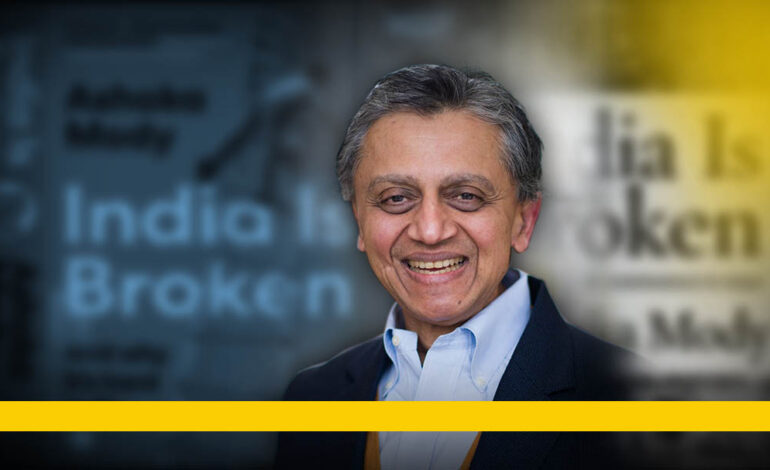
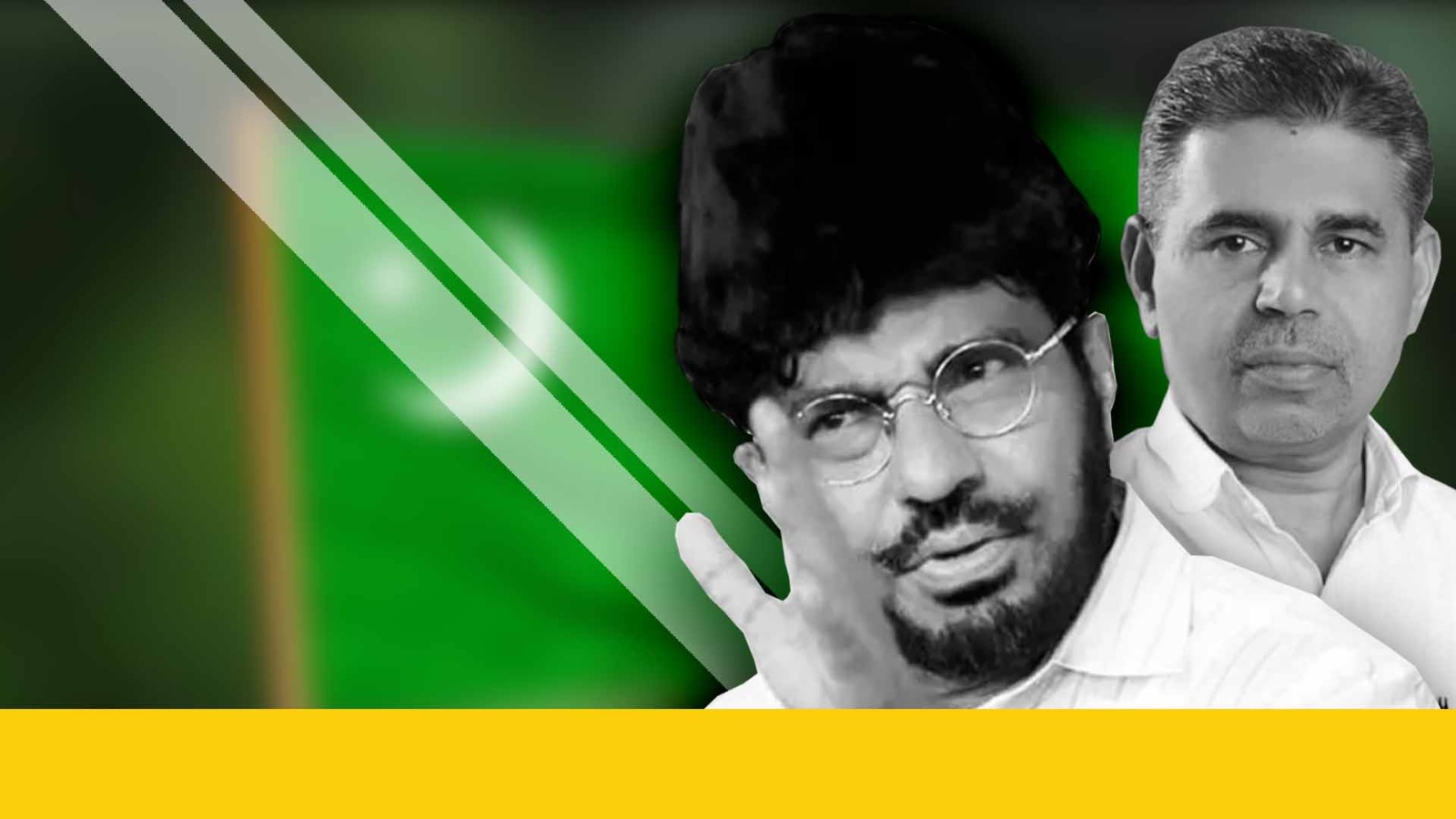
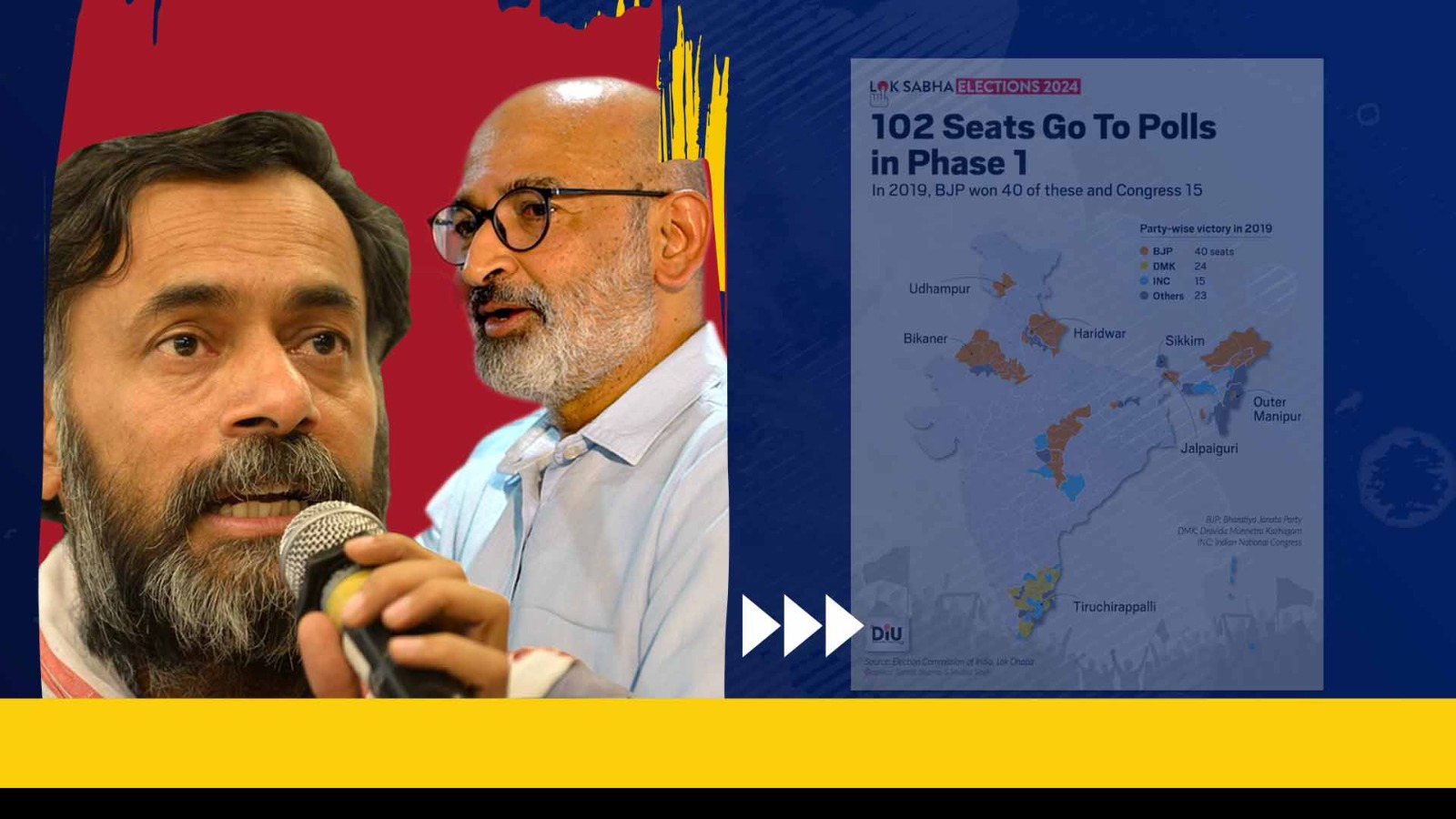

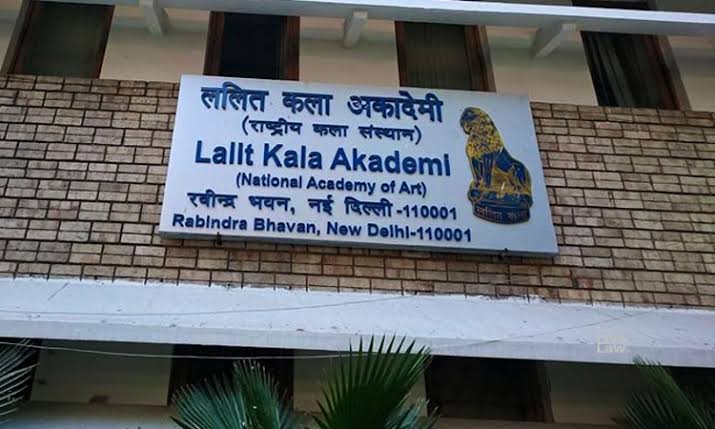
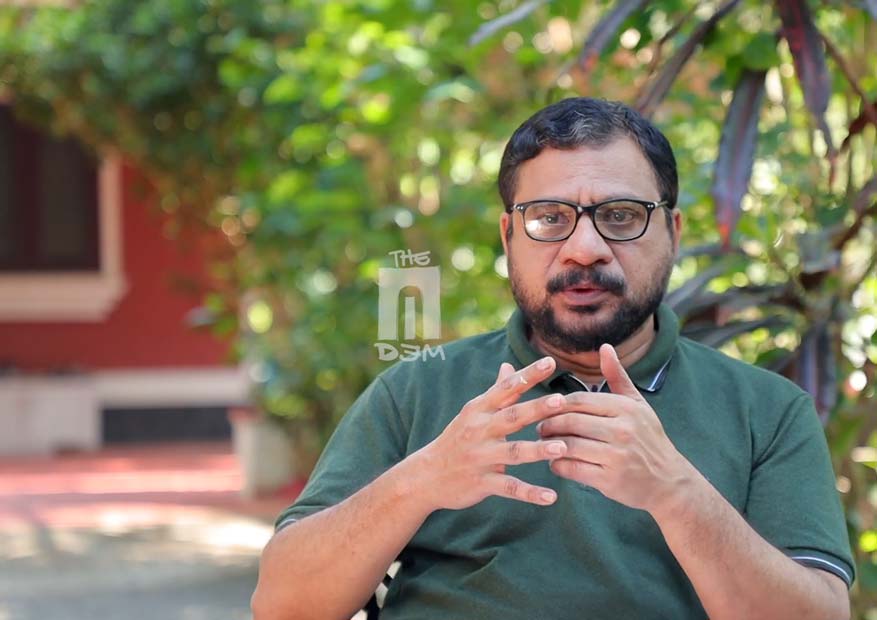
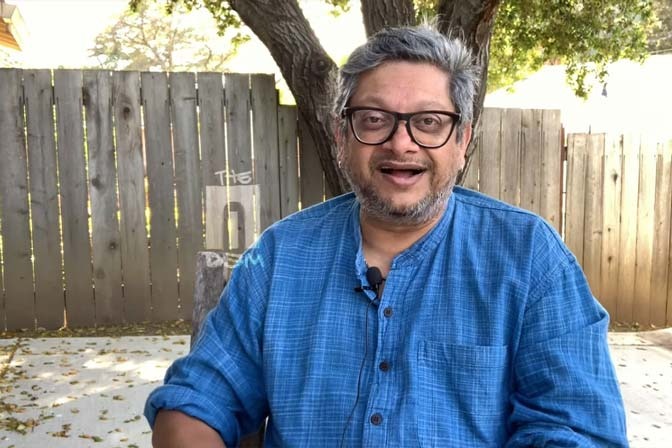
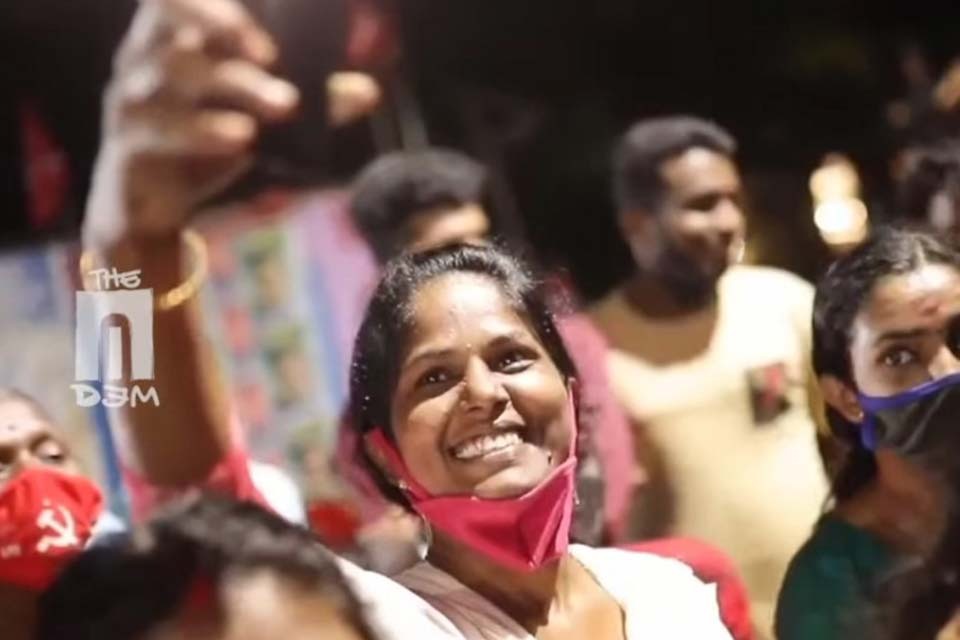

A very relevant and important recall . Thank you AIDEM for this great journalism initiative
It is timely one and very much relevant. Thak you dear Jayashankar for this translation 🌹
It is timely one and very much relevant. Thak you Vijayashankar for this translation 🌹
Kindly translate in Tamil …
We can then post in all groups/social medea
Being a Tamil, read and enjoyed the article. To me this is not a translation, but a creation. Thanks and congratulations to Vijayasankar.
Portrayed the soul of Anna. Thanks and congratulations to Vijayasankar.